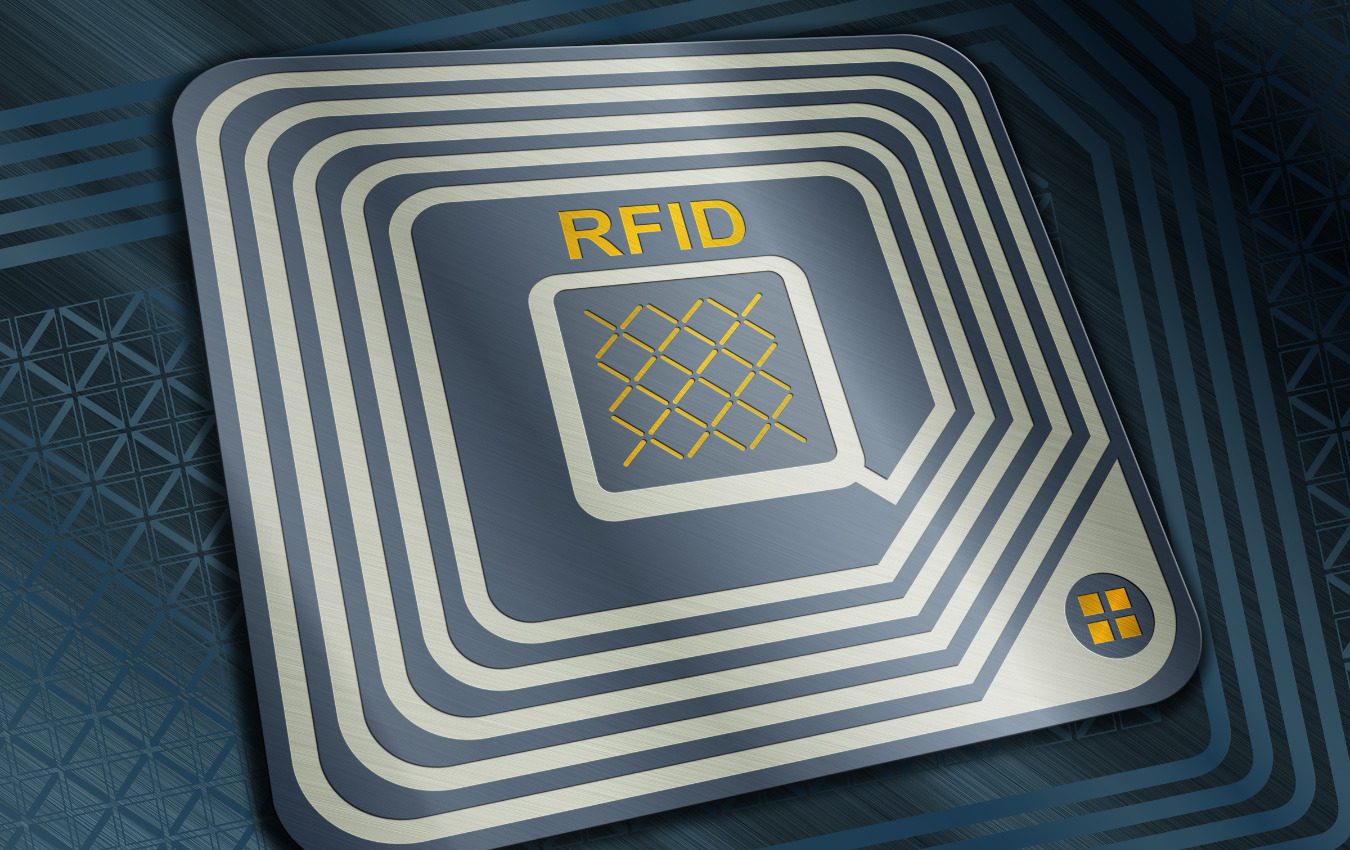Since its invention in 1983, radio frequency identification (RFID) technology has been used to identify and track objects using data stored on RFID tags. This revolutionary technology is now being used across a variety of industries, providing numerous benefits for businesses and consumers alike!
So What Exactly is RFID?
It’s an acronym for Radio Frequency Identification, which is a system that uses radio waves to identify and track tags attached to objects automatically. These tags contain electronically stored information, such as serial numbers, product descriptions, and other data.
How RFID Works
RFID systems utilize three components: an antenna or reader, a tag (also known as transponder); and, optionally, a middleware software package. The antenna emits radio waves, which activate and power the tag. In turn, the RFID tag responds by sending its stored data back to the reader, where it is then processed by middleware software and sent on for further processing.
Benefits of RFID Technology
RFID technology can provide huge benefits to businesses and consumers alike. Let’s take a look at some of the key advantages:
- Quicker transaction times – RFID systems can read tags from a distance and in bulk, drastically reducing transaction times.
- Improved accuracy – RFID technology offers far greater accuracy than manual methods when it comes to tracking items.
- Lower costs – Using RFID tags eliminates the need for manual data entry, saving businesses a lot of money.
- Enhanced security – RFID tags make it easy to verify that products are genuine and secure.
- Easier inventory management – Automated systems allow businesses to quickly identify items in stock and decrease the risk of theft or loss.
Challenges of RFID Technology
Despite its obvious advantages, there are a few challenges associated with using RFID technology. Some of these include:
- Reader collision – The simultaneous reading of multiple tags, resulting in the data being corrupted or lost.
- Interference – RFID signals can be blocked or interfered with, making it difficult to read the tags.
While these issues can be overcome, it’s important to consider them when implementing an RFID system.
Security and Privacy Concerns
RFID technology is also subject to security and privacy concerns. Because RFID tags can be read from a distance, hackers may be able to access sensitive data stored on the tag. To prevent this, businesses should encrypt all data stored on their RFID tags and use other security measures such as authentication protocols or cryptographic signing.
For consumers, there’s also the concern that businesses could use RFID tags to track their movements and behavior. To protect privacy, businesses should ensure that only authorized personnel can access RFID tag data and adhere to strict security protocols when handling this data.
Using the best RFID-blocking card can also help protect you from malicious attempts to scan and read your personal information. This card is designed to protect your payment and personal information from being stolen by hackers or malicious users. It’s a simple, effective and affordable way to protect your privacy.
While there are some security and privacy concerns, RFID technology is still a very useful tool for businesses. The benefits it offers far outweigh any potential issues, making it an essential part of the modern supply chain. With its many advantages, there’s no doubt that RFID will continue to revolutionize the way businesses operate!
Final Words
RFID technology is transforming the way businesses operate, and its applications are becoming increasingly widespread. It is revolutionizing how products are tracked and managed, making it easier to track items in real time. So if you’re looking for a cost-effective way to manage inventory and improve customer service, then RFID technology is worth considering!



































